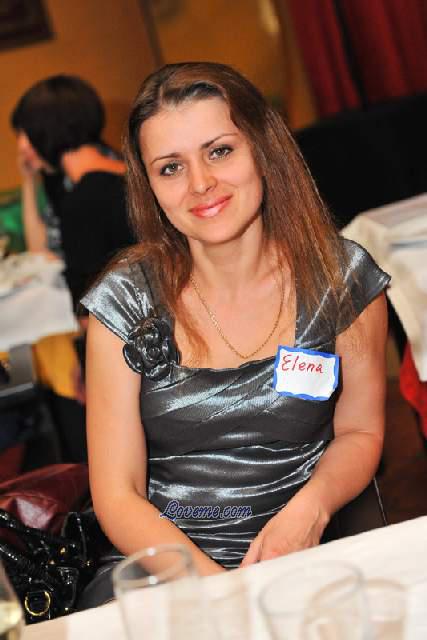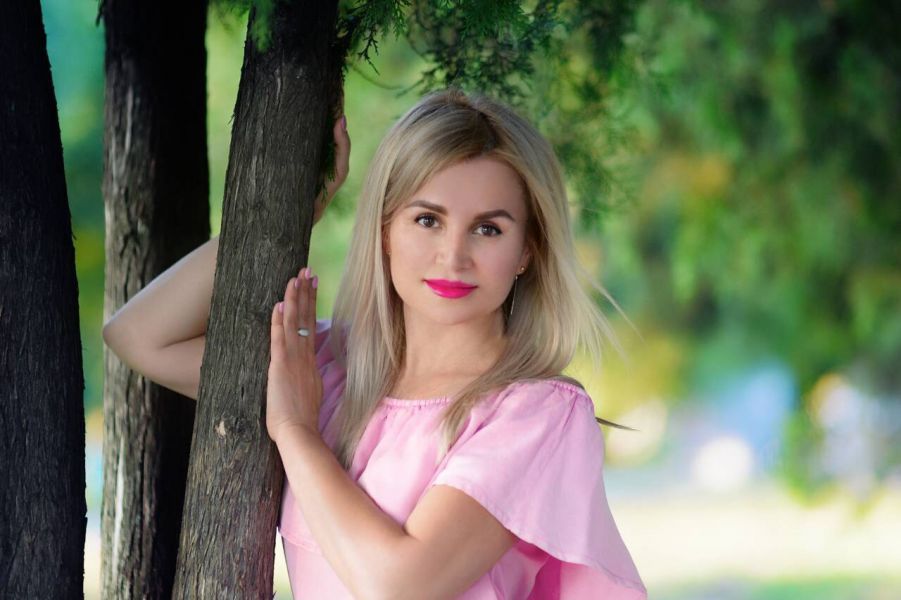

Violent clashes resulted in the severe beating of at least 50 pro-Ukrainian protesters in attacks by pro-Russian protesters.
Women of kharkov full#
Later, on 13 April, the building permanently returned to full Ukrainian control. On 13 April, some pro-Russian protesters again made it inside the Kharkiv regional state administration building. Doubts arose about the local origin of the protestors after they initially stormed an opera and ballet theatre believing it was the city hall. The next day, the building was retaken by Ukrainian special forces. Five days later, pro-Russian protestors occupied the building and unilaterally declared independence from Ukraine as the 'Kharkov People's Republic'. On 2 March 2014, a Russian 'tourist' from Moscow replaced the Ukrainian flag with a Russian flag on the Kharkiv regional state administration building. The 2014 pro-Russian unrest in Ukraine affected Kharkiv but to a lesser extent than in neighbouring Donbass, where tensions would lead to armed conflict. Climate data for Kharkiv, Ukraine (1981−2010)

The average rainfall totals 513 mm (20 in) per year, with the most in June and July. The same year on Novemthe building of Noblemen Assembly was transformed into the building of All-Ukrainian Central Executive Committee. One of the best representatives of it was the already mentioned Derzhprom, the Building of the Red Army, the Ukrainian Polytechnic Institute of Distance Learning (UZPI), the City Council building, with its massive asymmetric tower, the central department store that was opened on the 15th Anniversary of the October Revolution. During the interwar period the city saw the spread of architectural constructivism.

The Roentgen Institute was established in 1931. In the 1920s, a 150 metres (490 ft) wooden radio tower was built on top of the building. Derzhprom was the second tallest building in Europe and the tallest in the Soviet Union at the time with a height of 63 metres (207 ft). Īs the country's capital, it underwent intense expansion with the construction of buildings to house the newly established Ukrainian Soviet government and administration. In December 1919 the Bolshevik Red Army recaptured Kharkiv. Mid-June 1919 Anton Denikin's White movementVolunteer Army captured the city. Early January 1919 Bolshevik forces captured Kharkiv. And according to the February 1918 Treaty of Brest-Litovsk between the Ukrainian People's Republic and the Central Powers it became part of the Ukrainian People's Republic. In April 1918 the German army occupied Kharkiv.

In February 1918 Kharkiv became the capital of the Donetsk-Krivoy Rog Soviet Republic but this entity was disbanded six weeks later. By February 1918 Bolshevik forces had captured much of Ukraine. The Bolsheviks in the Tsentralna Rada moved to Kharkiv shortly after to make it their stronghold and formed their own Rada on 13 December 1917. In December 1917 Kharkiv became the first city in Ukraine occupied by the Soviettroops of Vladimir Antonov-Ovseyenko. When the Tsentralna Rada announced the establishment of the Ukrainian People's Republic in November 1917 it envisioned the Sloboda Ukraine Governorate to be part of it. By 1657 the Kharkiv settlement had a fortress with underground passageways. With the resettlement of the area by Ukrainians it came to be known as Sloboda Ukraine, most of which was included under the jurisdiction of the Razryad Prikaz (Military Appointment) headed by a district official from Belgorod. Kharkiv also became the centre of the local Sloboda cossack regiment as the area surrounding the Belgorod fortress was being heavily militarized. The first Kharkiv voivode was replaced in two years after constantly complaining that locals refused to cooperate in building the fort. At that time the population of Kharkiv was just over 1000, half of whom were local cossacks, while Selifontov brought along a Moscow garrison of another 70 servicemen. The first appointed voivode from Moscow was Voyin Selifontov in 1656 who started to build a local ostrog (fort). At first the settlement was self-governed under the jurisdiction of a voivode from Chuhuiv that is 40 kilometres (25 mi) to the east.


 0 kommentar(er)
0 kommentar(er)
